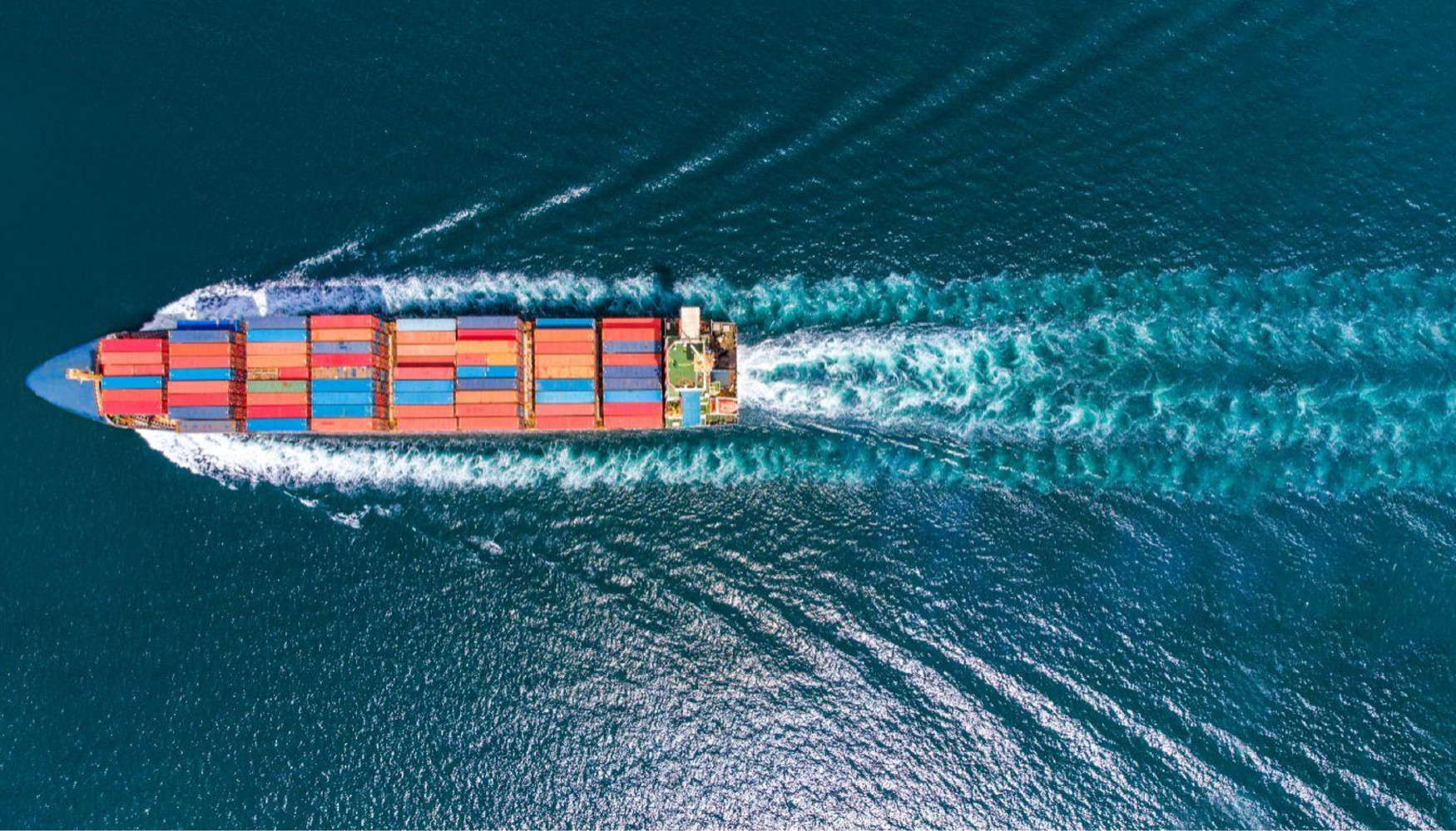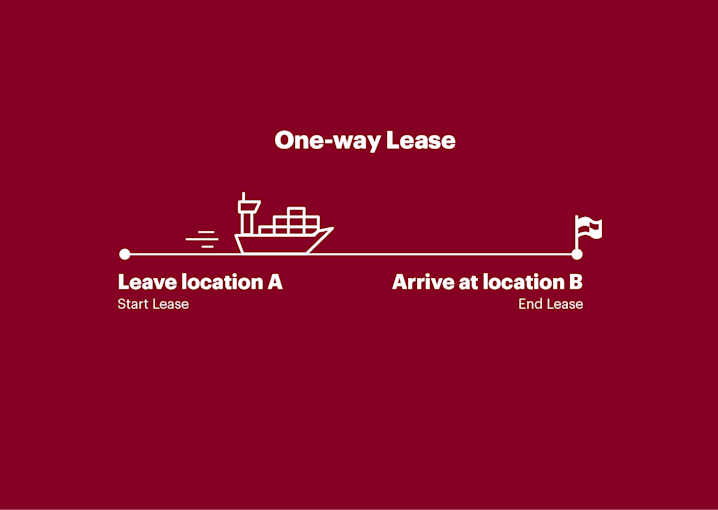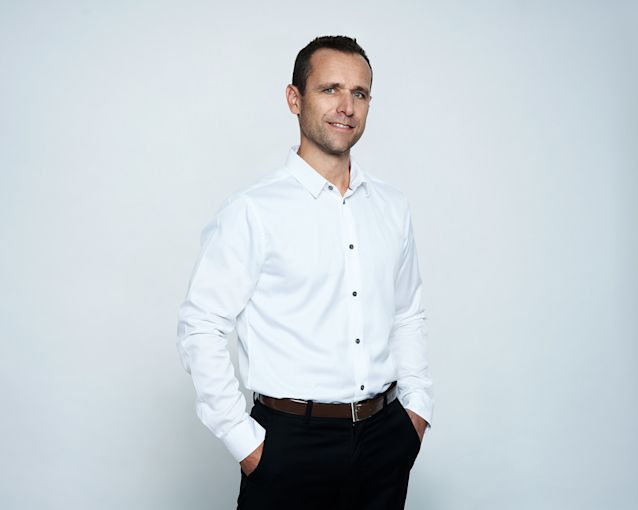Please select the country where you would like to receive containers.

Fewer empty containers thanks to one-way leasing: win-win-win
One-way lease refers to leasing a container for a single trip. And that’s a win-win-win situation for the environment, container users and CARU. But what exactly is one-way leasing? What are the benefits? And what does the future of one-way leasing look like? This article explains it all.
Solving the empty container problem
Annually, around 200 million containers are transported. Unfortunately, one-third of them are empty. The underlying cause is obvious: in port cities with high exports (such as Chinese cities), there is a high demand for containers. In cities with a large trade deficit, on the other hand (including many European and US cities), many containers just sit there. So containers should be moved to locations with high demand. One-way leasing, also known as cabotage, is a way of ensuring those containers are not being moved empty.

What is one-way lease?
One-way leasing is the leasing of a container for the duration of a single trip to, for example, shippers and non-vessel operating common carriers (NVOCCs, or sea freight forwarders that do not own their own vessels). This involves agreeing on conditions such as the starting location and the destination, the number of days the user can use the container freely and the cost after those free days.

The benefits
The biggest benefit of one-way leasing is environmental. Moving empty containers is polluting. As a global container trader, we sometimes need to move containers from high-stock locations to locations with higher demand. While doing so, we try to fill as many containers as possible through one-way leasing. In fact, our vision for the future is to have no empty containers at all. By ensuring that containers are full when we move them, we add value and create a sustainable solution.
By cabotaging containers, we also offer customers the chance to move goods cost-efficiently, by reducing demurrage and detention fees. Additionally, the customer can save on sea freight costs with the carrier, especially when repositioning to "surplus" locations for the carrier.
Cost benefits for CARU and lower prices for customers.
Besides the environment and the customers, CARU also benefits, because it allows us to reposition containers without transport costs. After all, the customer pays for the movement of the container. This allows us to save on storage costs and offer our customers a good price for container leasing. CARU has successfully increased its efforts with regard to one-way leasing in recent years. On average, we cabotage around 8,000 to 10,000 containers per year.

Bringing supply and demand together
This all sounds fantastic, of course. Still, filling empty containers is a challenge, particularly because we move them to locations where there are fewer imports. Supply chain manager Kees Padmos is the one who has been most involved with one-way leasing at CARU. The main basis for finding and closing one-way deals is what Padmos calls ‘the combination of network points’. He maintains a network to enable setting up one-way leases, such as through mailings with opportunities for one-way leasing and personal contact with all kinds of parties.
Another important way to set up one-way lease is the use of data. We use our own internal data and online platforms, like marketplaces, to bring providers and users of containers together for the purpose of buying and (one-way) leasing.
Bright future for one-way lease
As far as we are concerned, there is no doubt: one-way leasing is going to play an increasingly important role within the container trade. Padmos: ‘One-way leasing helps the user, the environment and CARU Containers, so everyone benefits. With ongoing digitalisation and an increasing focus on sustainability in the value chain, which we highly value as an organisation, one-way leasing will get a big boost in the coming years as we’re on our way to becoming B Corp certified in 2024.







